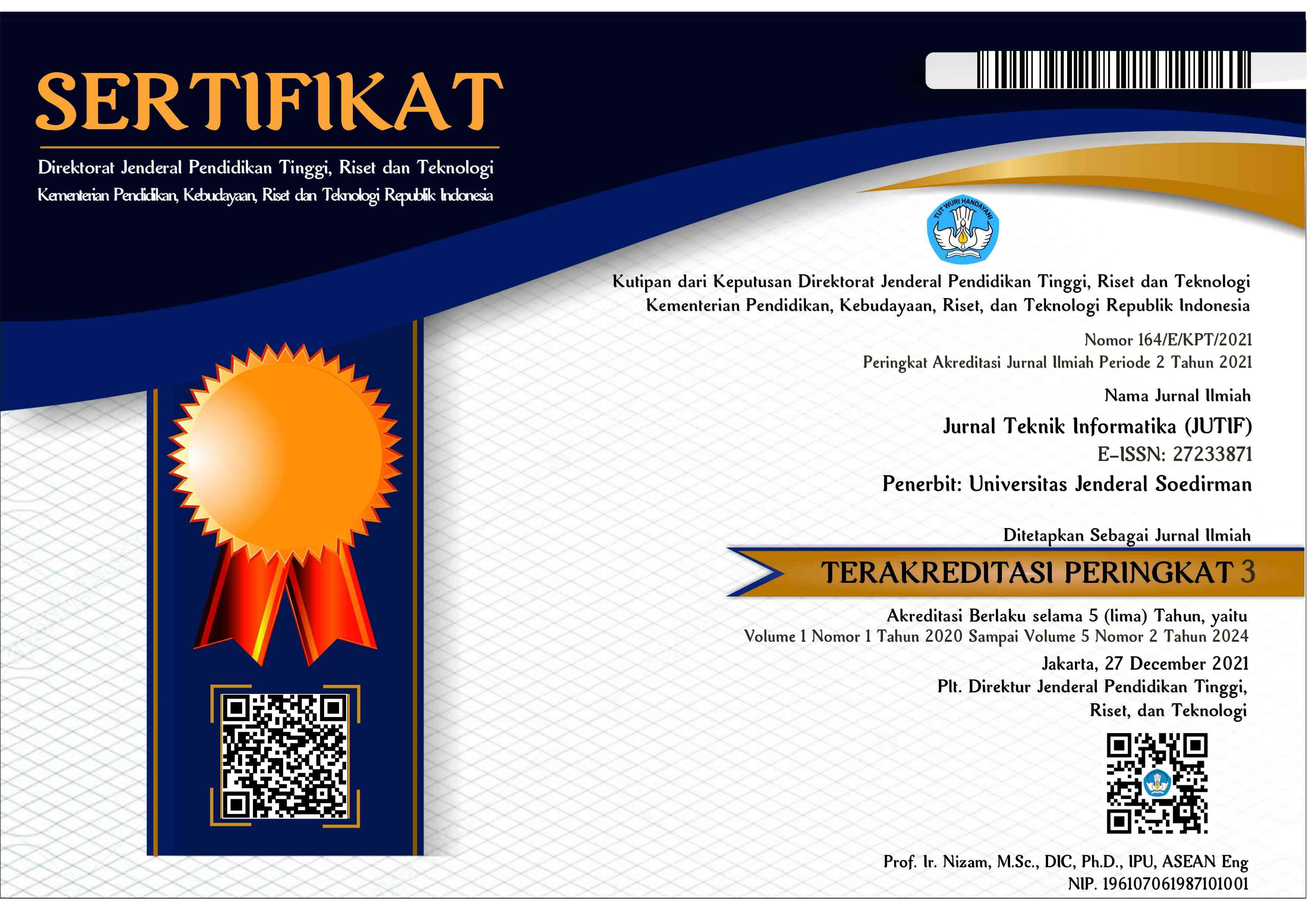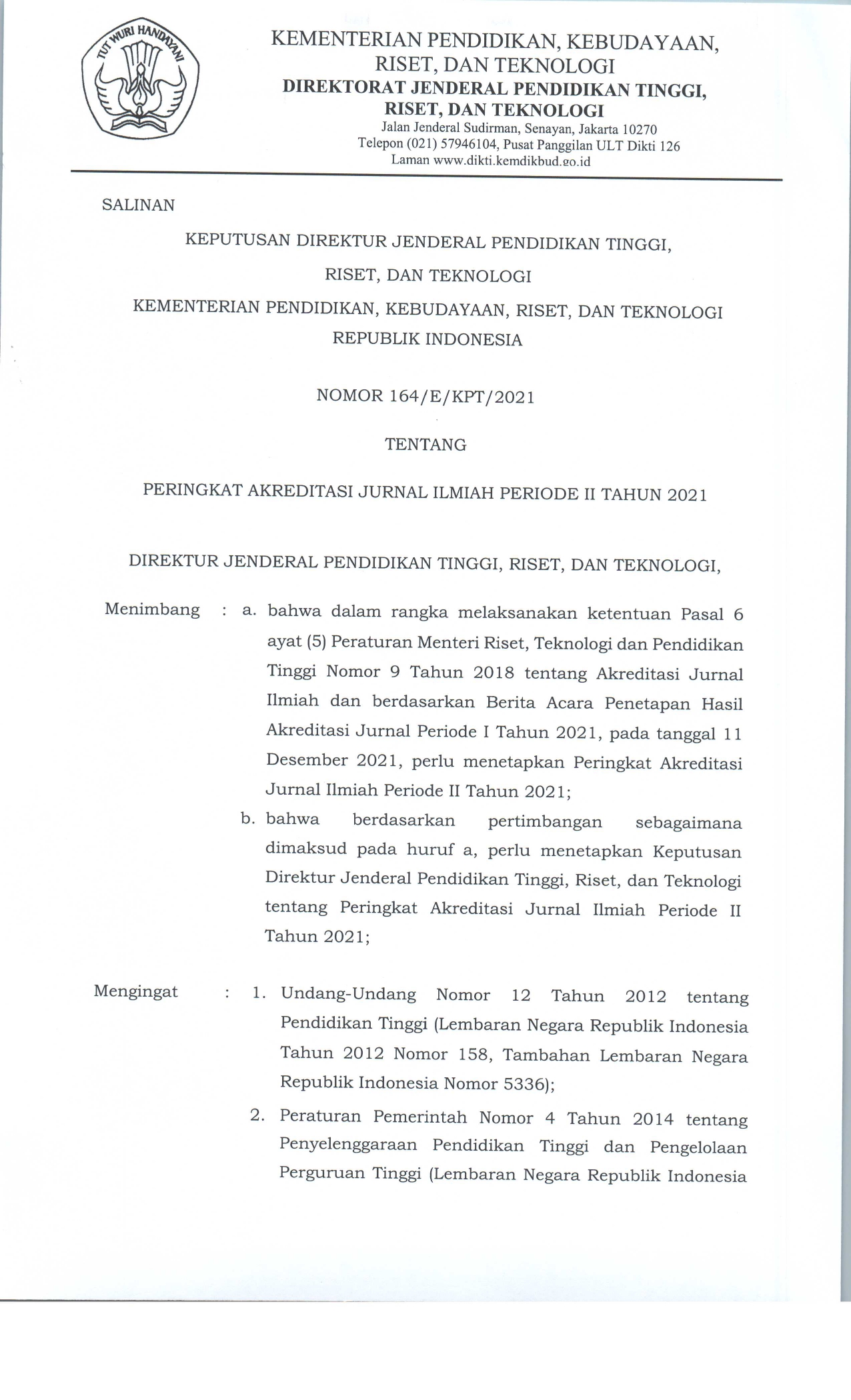LOW CODE INTEGRATION TESTING IN OUTSYSTEMS PERSONAL ENVIRONMENT
Abstract
As implied by its name, low code platforms enable software development with minimal or no coding involved. Consequently, ensuring the correctness of the software becomes crucial as developers are unable to directly scrutinize the logic. Furthermore, discussions about the various testing approaches applicable to such applications are relatively scarce. This study aims to conduct integration testing through both white box and black box methods, as well as exploring the types of testing that can be carried out on low code based applications. This research involves several stages, including creating a basic e-shop application and API using OutSystems, test preparation, and test execution. API testing utilizes OutSystems' BDDFramework and Postman automation testing tools, while web page integration is carried out using Katalon Studio. The test results indicate only one of the total 23 test cases was considered failed because the result did not match the expected result. Apart from that, of the four existing levels of testing, component testing can also be carried out on the OutSystems application. However, only with the black box testing method because testing is carried out without accessing the program source code. The comparative execution of API testing (white box) using two distinct testing tools reveals the superior effectiveness of Postman over BDDFramework, offering more comprehensive test outcomes and enhanced test case coverage. In the realm of UI integration testing, Katalon Studio emerges as a fitting tool, benefiting from its record and replay feature that facilitates the definition of test steps.
Downloads
References
M. Tisi et al., ‘Lowcomote: Training the Next Generation of Experts in Scalable Low-Code Engineering Platforms’, in STAF 2019 Co-Located Events Joint Proceedings: 1st Junior Researcher Community Event, 2nd International Workshop on Model-Driven Engineering for Design-Runtime Interaction in Complex Systems, and 1st Research Project Showcase Workshop co-located with Software Technologies: Applications and Foundations (STAF 2019), 2019.
Y. Luo, P. Liang, C. Wang, M. Shahin, and J. Zhan, “Characteristics and Challenges of Low-Code Development,” Proceedings of the 15th ACM / IEEE International Symposium on Empirical Software Engineering and Measurement (ESEM), Oct. 2021, doi: https://doi.org/10.1145/3475716.3475782.
S. Shridhar, “Analysis of Low Code-No Code Development Platforms in comparison with Traditional Development Methodologies,” International Journal for Research in Applied Science and Engineering Technology, vol. 9, no. 12, pp. 508–513, Dec. 2021, doi: https://doi.org/10.22214/ijraset.2021.39328.
OutSystems, “The State of Application Development,” OutSystems, 2023. Accessed: Jan. 04, 2024. [Online]. Available: https://www.outsystems.com/1/state-app-development-trends/
F. Khorram, J.-M. Mottu, and G. Sunyé, “Challenges & opportunities in low-code testing,” Proceedings of the 23rd ACM/IEEE International Conference on Model Driven Engineering Languages and Systems: Companion Proceedings, Oct. 2020, doi: https://doi.org/10.1145/3417990.3420204.
J. Salgueiro, F. Ribeiro, and José Metrôlho, “Best Practices for OutSystems Development and Its Influence on Test Automation,” Springer eBooks, pp. 85–95, Jan. 2021, doi: https://doi.org/10.1007/978-3-030-72654-6_9.
J. E. BENTLEY, W. Bank, & NC. Charlotte. (2005). Software Testing Fundamentals—Concepts, Roles, and Terminology Paper 141-30. SUGI 30 Proceedings. Philadelphia, Pennsylvania: SAS Institute Inc.
A. Dennis, Roberta Marie Roth, and Barbara Haley Wixom, System Analysis and Design, Fifth Edition. John Wiley & Sons, 2012.
M. A. Umar, ‘Comprehensive study of software testing: Categories, levels, techniques, and types’, vol. 5, pp. 32–40, 11 2019.
“About the detach process,” OutSystems Community, 2020. https://www.outsystems.com/forums/discussion/66302/about-the-detach-process/ (accessed Dec. 27, 2023).
“BDDFramework - Overview | OutSystems,” www.outsystems.com, 2016. https://www.outsystems.com/forge/component-overview/1201/bddframework#:~:text=The%20BDD%20Framework%20provides%20a (accessed Dec. 19, 2023).
OutSystems, “Component Testing with BDDFramework Tools,” Outsystems.com, 2023. https://success.outsystems.com/documentation/11/developing_an_application/testing_your_application/component_testing_with_bddframework_tools/ (accessed Dec. 19, 2023).
D. Golovin, “OutSystems as a Rapid Application Development Platform for Mobile and Web Applications,” Thesis, LAHTI UNIVERSITY OF APPLIED SCIENCES, 2017. Accessed: Dec. 27, 2023. [Online]. Available: https://www.theseus.fi/bitstream/handle/10024/132267/Golovin_Dmitry.pdf?sequence=2
“Postman API Platform,” Postman, 2023. https://www.postman.com/product/what-is-postman/
“Katalon Platform Overview | Platform Software Testing Tools,” katalon.com, 2023. https://katalon.com/katalon-platform
D. Friedenberg, M. Hamburg, J. McKay, M. Posthuma, H. Schaefer, and R. Smilgin, Certified Tester Foundation Level Syllabus, Version 2018 v3.1.1. International Software Testing Qualifications Board (ISTQB), 2021.
Outsystems.com, 2023. https://success.outsystems.com/documentation/best_practices/outsystems_testing_guidelines/integration/api_testing/ (accessed Dec. 21, 2023).
M. Araújo Cabeda, “Automated Test Generation Based on an Applicational Model,” Faculty of Sciences and Technology, NOVA University Lisbon, 2018.
Copyright (c) 2024 I Dewa Ayu Indira Wulandari Chrisna, Dana Sulistiyo Kusumo, Rosa Reska Riskiana

This work is licensed under a Creative Commons Attribution 4.0 International License.





























